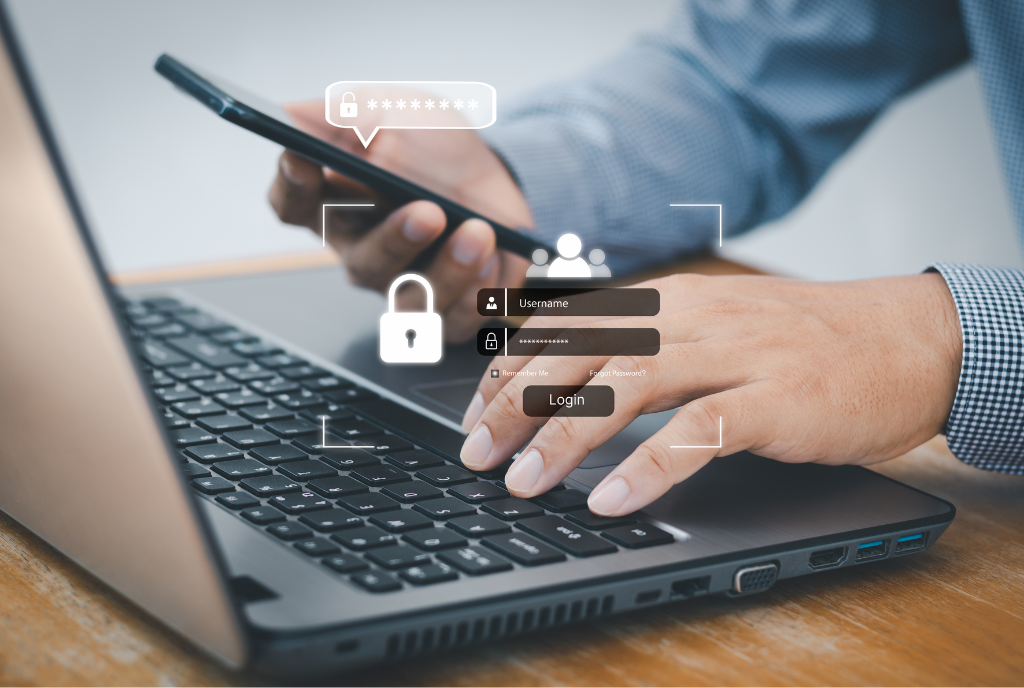Resource Corner
Understanding Email Authentication

- Sender Policy Framework (SPF) clarifies which servers are authorized to send emails under your business’s domain name, allowing the receiving server to verify and accept legitimate emails while flagging suspicious ones.
- DomainKeys Identified Mail (DKIM) attaches a digital signature to outgoing emails, enabling servers to confirm that an email from your domain was indeed dispatched from your organization’s servers and remains unaltered during transit.
- Domain-based Message Authentication, Reporting & Conformance (DMARC) complements SPF and DKIM by ensuring the sender's address matches the “from” address seen by the recipient. DMARC also allows you to specify actions for suspicious emails and receive notifications of such events.
- Loss of Trust: Customers might lose trust in your brand, fearing that their personal information is not secure with your business.
- Financial Fraud: Scammers might trick customers into sending money or revealing sensitive financial information.
- Identity Theft: Customers could be duped into providing personal details, leading to identity theft.
- Malware Infection: Links or attachments in spoofed emails could infect customers' devices with malware, leading to data theft or loss.
- Damage to Reputation: News of the spoofing can spread, damaging your business reputation, and potentially leading to losing current and future clients.
- Report the Scam: Contact local law enforcement, the FBI’s Internet Crime Complaint Center at IC3.gov, and the FTC at FTC.gov/Complaint. Forward phishing emails to spam@uce.gov and reportphishing@apwg.org.
- Notify Your Customers: Promptly inform your customers through mail, email, or social media, avoiding hyperlinks in emails to prevent confusion with phishing scams.
- Alert Your Staff: Use this incident to refine your security practices and educate your staff on recognizing and responding to cyber threats.